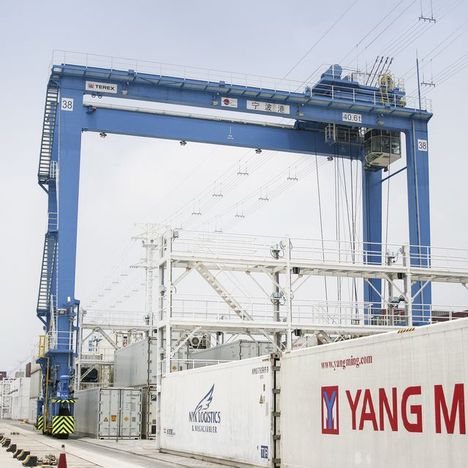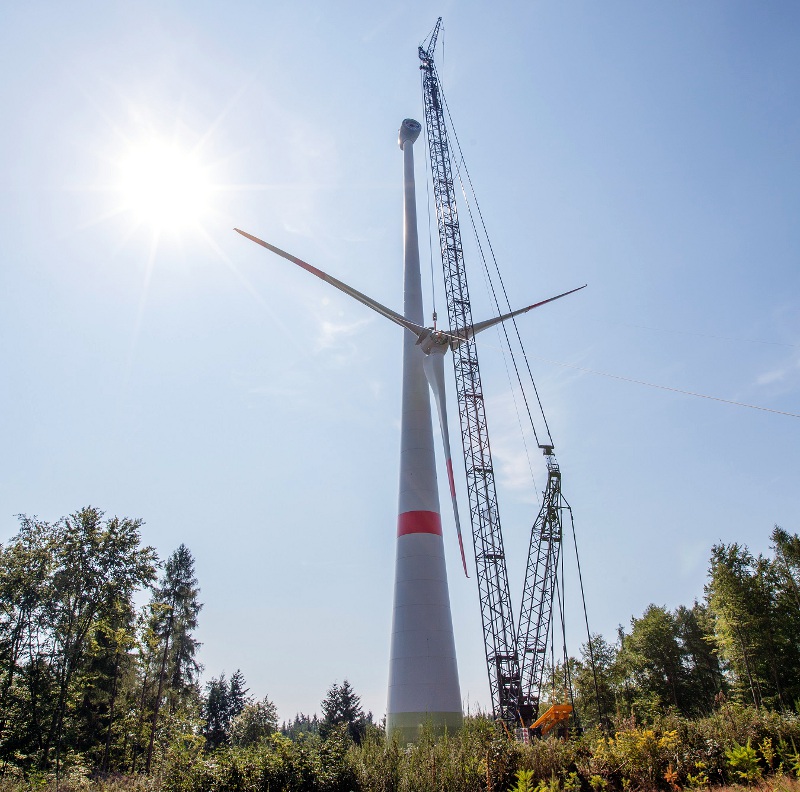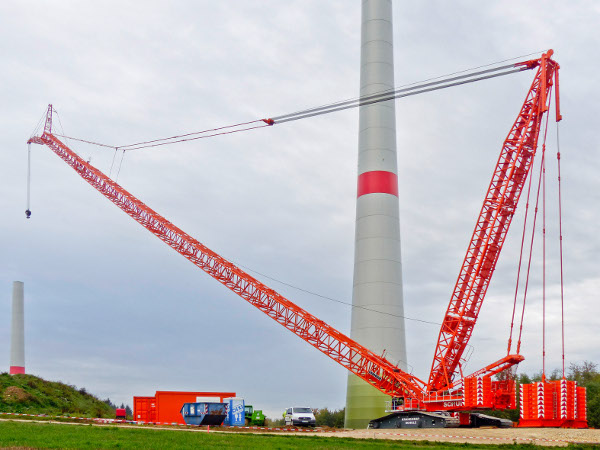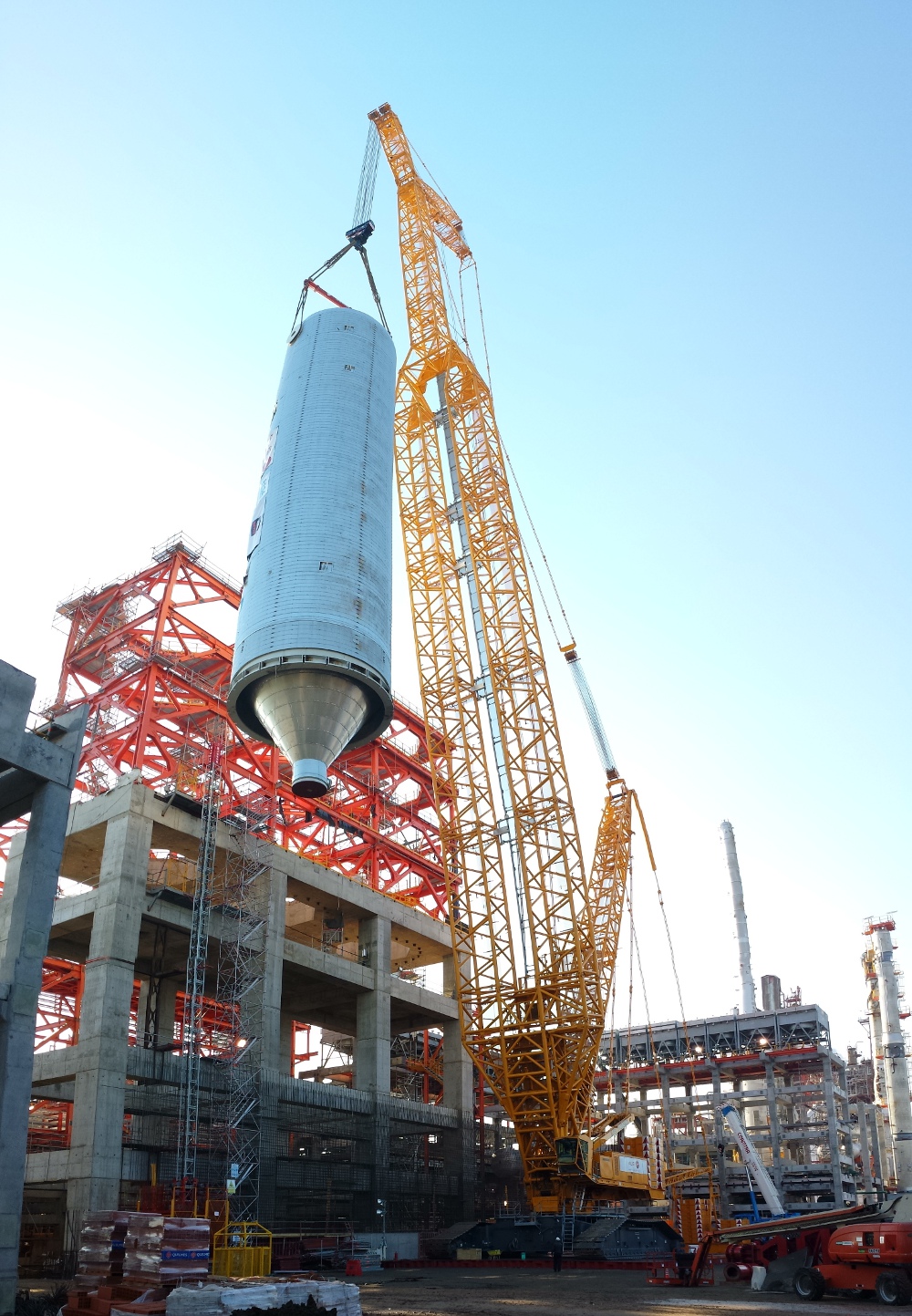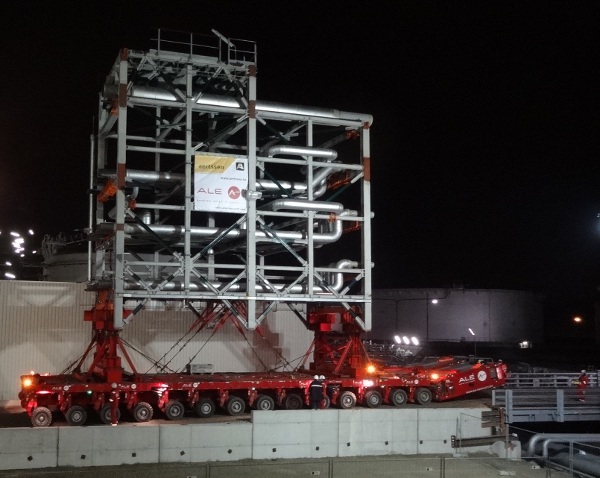Chinese port operator Ningbo Port has ordered 10 Terex E-RTG rubber tyred gantry cranes for its Yuandong Terminal.
Manufactured at Terex Port Solution’s facility in Xiamen, China, the 40 tonne electric E-RTG variant cranes have an under spreader lift height of 18 metres and are able to stack containers one over five. They have a span of 23.47 metres allowing them to cover six rows of containers as well as a truck lane.
Ningbo took delivery of its first 12 Terex rubber tyred gantry cranes in 1999, back when it only operated two terminals. Today it has a fleet of 167 RTG cranes operating from seven terminals. There is also a Terex Port Solutions service centre located in the Port of Ningbo.
Ningbo Port president Jinkun Wu, said: “RTG cranes from TPS are highly productive, and the first 12 units are still working reliably in our Port Beilun terminal. The fact that we have permanent and exclusive access to the proactive and efficient TPS service team, as well as to spare parts, has helped us to keep the availability of our cranes as high as possible.”
